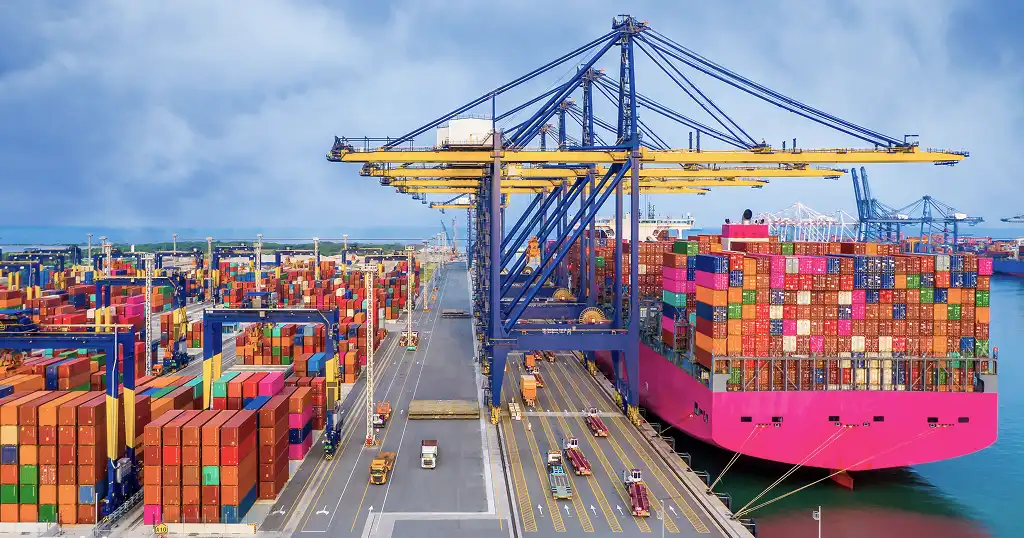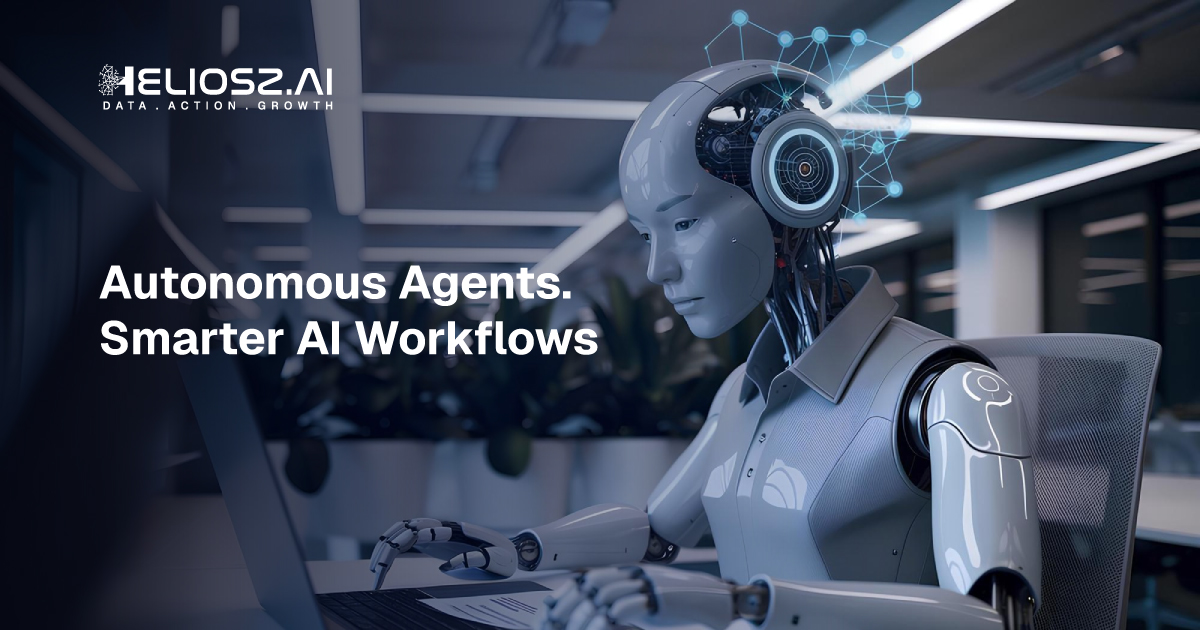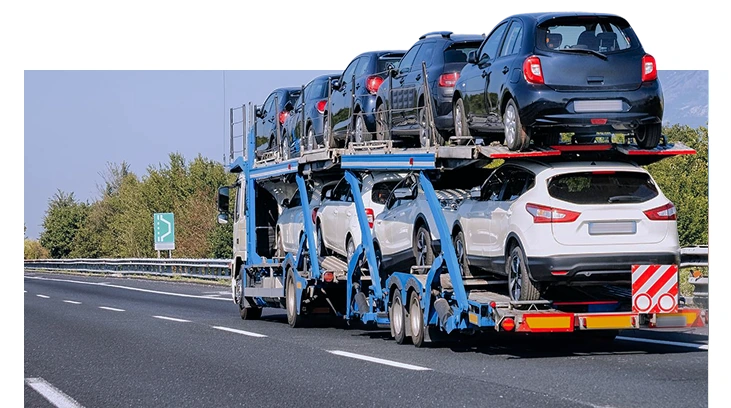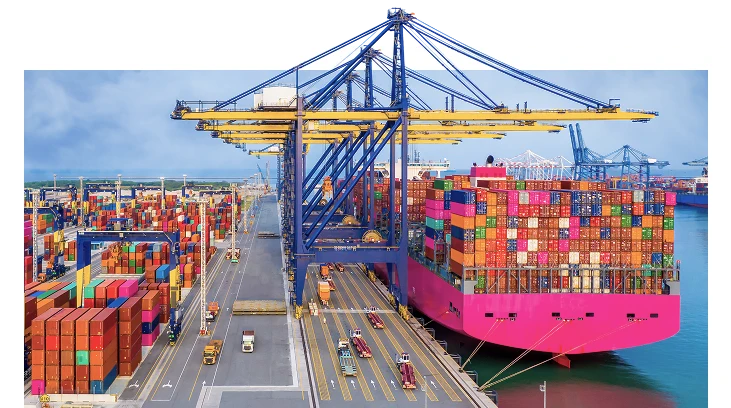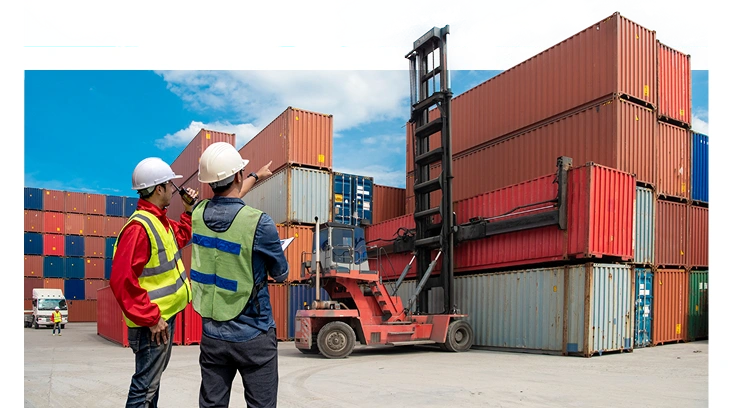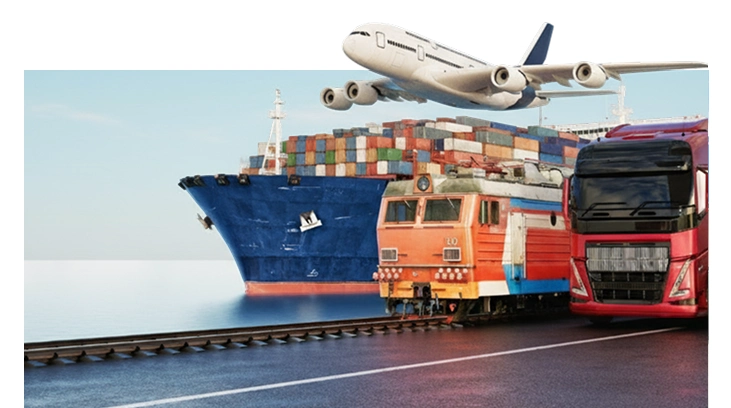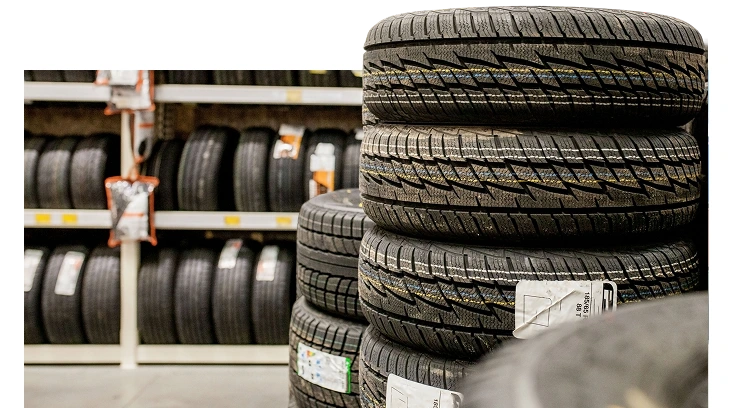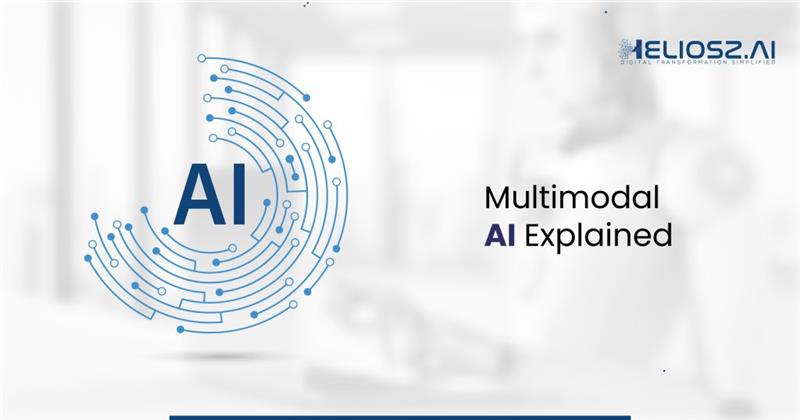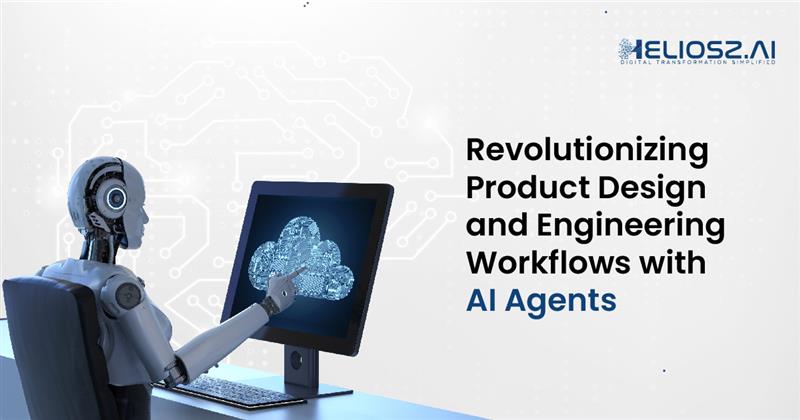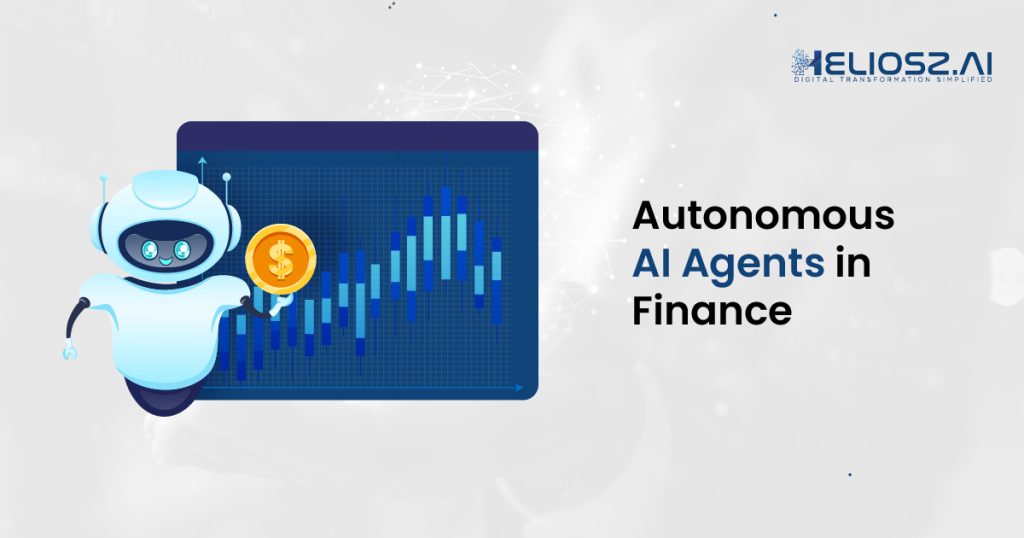Smarter Manufacturing Through Data & AI
Manufacturers are under pressure to improve efficiency, quality, and sustainability. At Heliosz.AI, we build data-driven ecosystems that power smart factories, predictive maintenance, and supply chain resilience.

Manufacturers today face increased volatility in customer demand and supply chain dynamics. Intelligent demand forecasting applies AI and machine learning models on historical sales, external variables, and market signals to deliver highly accurate forecasts. These insights help production planning, inventory optimization, and supplier coordination—ensuring demand fluctuations are proactively managed and not reactive bottlenecks. By minimizing stockouts and overproduction, businesses drive efficiency and profitability at scale.
Advanced ML models trained on historical and external data sources to predict demand with precision.
Enables manufacturers to simulate demand shifts under different market and business conditions.
Aggregates signals across channels—distributors, D2C, B2B—for unified demand intelligence.
Links forecasts directly to production schedules and supplier planning for leaner operations.
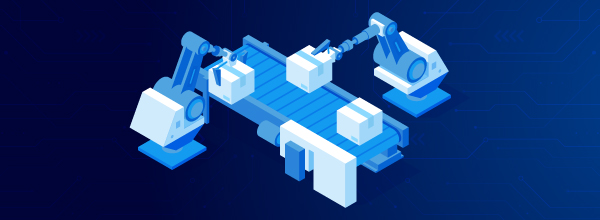
Unplanned machine downtimes and breakdowns significantly disrupt production schedules and inflate operational costs. Predictive maintenance leverages real-time sensor data, usage history, and failure patterns to identify early warning signs of equipment issues before they occur. With AI models monitoring asset performance continuously, manufacturers can schedule proactive maintenance, reduce spare parts waste, and extend machinery life—all while ensuring minimal disruption to throughput.
Uses IoT sensors to track machine health, vibration, and performance anomalies in real time.
AI models analyze historical failure modes to predict likely breakdown events before they occur.
Generates dynamic service intervals based on asset usage, rather than fixed calendar cycles.
Pinpoints frequent failure causes and optimizes process flows to reduce unplanned downtime.

Manufacturing quality assurance traditionally relies on manual sampling and inspection processes prone to human error. Smart quality control automates quality inspections using computer vision, AI, and pattern recognition to identify defects, deviations, and inconsistencies in real time. This ensures product integrity, reduces rework, and meets regulatory standards without compromising speed or scale.
Uses computer vision to detect surface defects and dimension errors faster than manual checks.
Continuously monitors process and product data to detect deviations from acceptable norms.
Identifies recurring defect patterns and links them to process or equipment-level issues.
Ensures production batches meet quality standards and maintains a digital audit trail.

Supply chain fragmentation, delays, and volatility continue to challenge manufacturing leaders. AI-driven supply chain analytics provides end-to-end visibility into raw material flow, supplier performance, lead times, and inventory levels. These insights enable proactive risk mitigation, efficient procurement, and real-time synchronization between demand, production, and delivery.
Evaluates supplier reliability and performance to flag disruptions before they affect operations.
Uses real-time data and historical trends to optimize inventory across SKUs and geographies.
Leverages predictive analytics to recommend faster and more cost-efficient delivery routes.
Provides a single-pane view across procurement, warehousing, and transportation.

Manufacturers increasingly adopt intelligent automation to improve consistency, speed, and scalability. From robotic process automation in back-office tasks to physical robots on the factory floor, these solutions integrate with enterprise systems to reduce manual labor, errors, and cycle times. AI further enhances automation by making systems adaptive to changing conditions and enabling autonomous decision-making.
Deploys robotic arms and autonomous mobile robots to streamline assembly and logistics.
Automates repetitive digital tasks like order processing, invoicing, and inventory updates.
Coordinates human-machine workflows based on real-time conditions and business rules.
Uses automation to minimize energy usage, waste, and idle time in plant operations.
Driving intelligent manufacturing outcomes with data-first strategies.


























